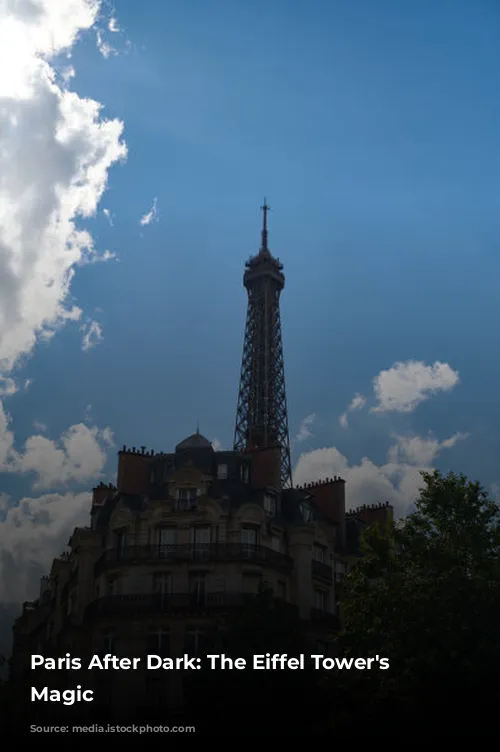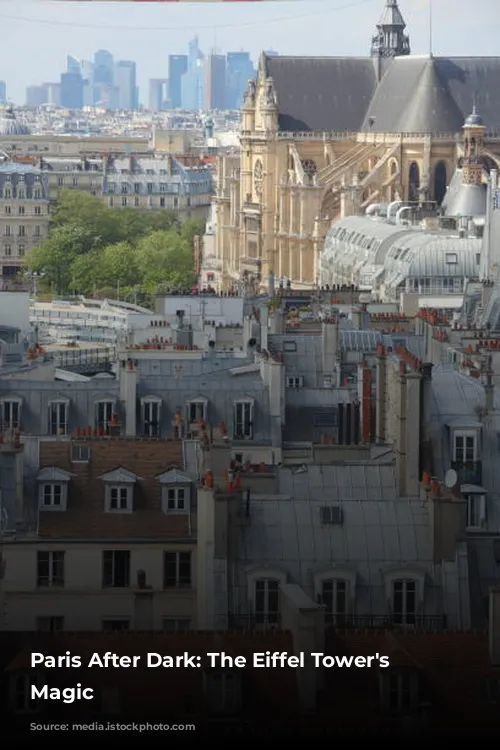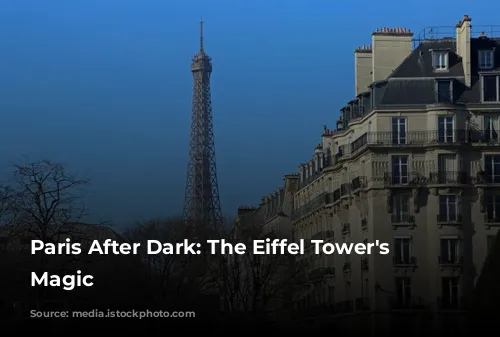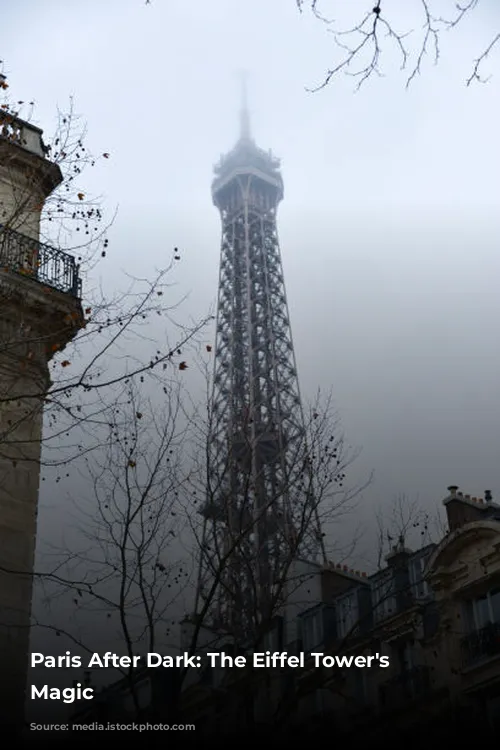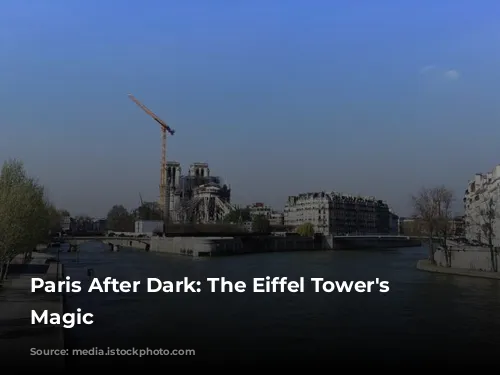The City of Lights truly comes alive after sunset, with its iconic monuments and bustling streets bathed in a warm glow. But there’s one landmark that steals the show, captivating hearts and minds with its dazzling display: the Eiffel Tower.
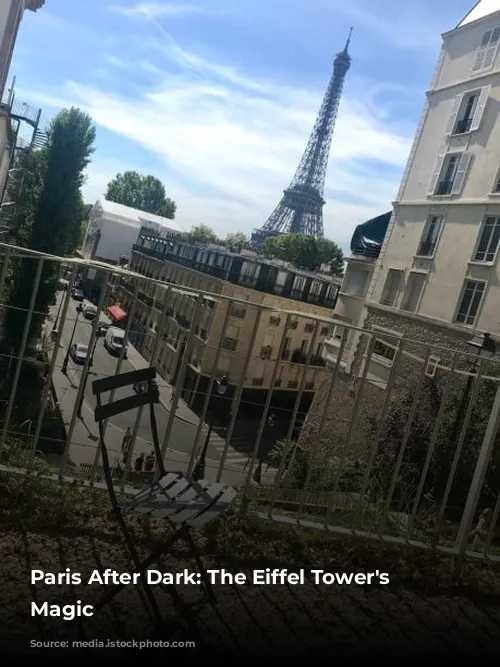
The Iron Lady’s Sparkle
Since its construction for the 1889 World’s Fair, the Eiffel Tower has boasted a captivating illumination. Today, the monument at night remains a breathtaking sight.
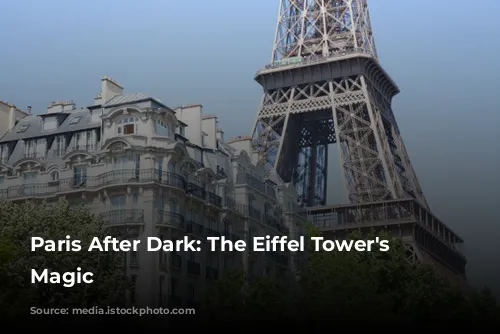
From Gas to Electricity: A History of Illumination
Initially, the Eiffel Tower relied on gas-powered projectors, with over 10,000 burners illuminating the structure on its grand opening. However, a decade later, electricity replaced gas, integrating 5,000 bulbs directly into the tower’s metal framework. This not only enhanced nighttime access but also emphasized the tower’s elegant silhouette. Since then, the tower’s lighting has been adapted for various events and celebrations.
A major restoration in 1985 saw the Eiffel Tower adorned in a golden glow, while the turn of the millennium brought the iconic “sparkles” to life. This temporary feature, meant to commemorate the new century, became a beloved Parisian tradition.
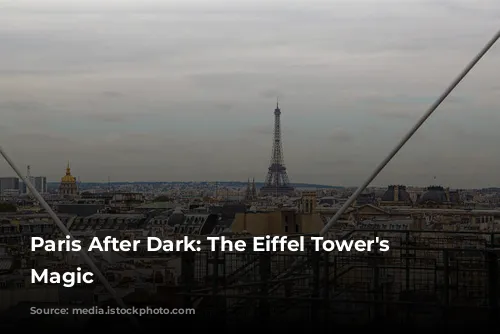
Unveiling the Eiffel Tower’s Nighttime Secrets
The Eiffel Tower’s golden glow is activated by light sensors as dusk descends, with the sparkles twinkling for 5 minutes at the top of every hour. The lighthouse, perched atop the tower, also illuminates simultaneously, casting its beam across the city.
To preserve energy, the lights, including the sparkles, turn off at 11:45 p.m., ensuring a peaceful night for Paris. However, during summer months, the tower stays open later, with the lights switching off at 1 a.m., leaving the final sparkle to shine alone for 5 minutes.
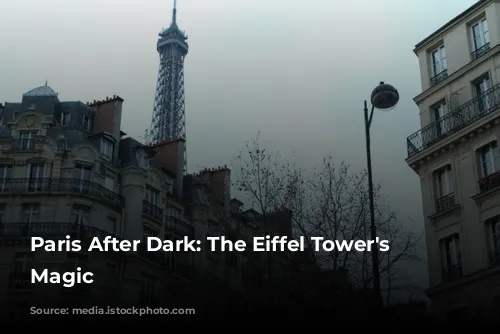
A Sustainable Glow
The energy consumption of the Eiffel Tower’s lighting has been a topic of concern. In 2004, the power of the projectors was reduced by 40%, and in 2008, the duration of the sparkles was shortened from 10 to 5 minutes to minimize the tower’s environmental impact. The energy-efficient xenon bulbs used for the sparkles consume a mere 0.4% of the tower’s overall energy costs. With the implementation of an energy sobriety plan, the tower’s nighttime lighting has become even more eco-friendly.
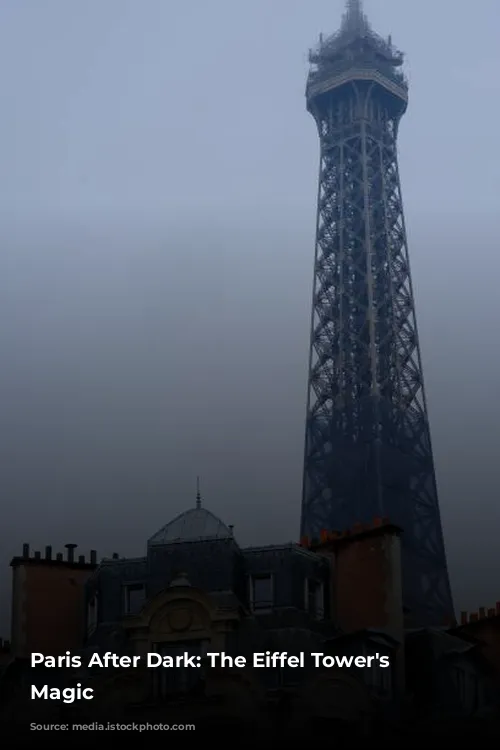
A Beacon of Paris
From its inception, the Eiffel Tower has featured a lighthouse at its summit. Initially, it was designed to illuminate Parisian landmarks such as the Arc de Triomphe, the Opéra Garnier, and the Louvre Museum. In 1947, the lighthouse’s beams were used for aerial navigation. Today, the lighthouse remains a powerful symbol, recognized worldwide.
The current lighthouse, inaugurated in 2000, boasts two electrical harnesses with a range of 80 kilometers.
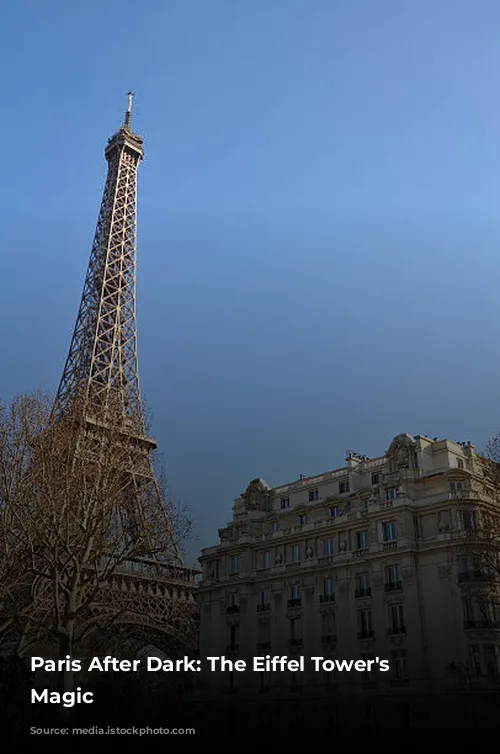
An Unforgettable Nighttime Experience
The Eiffel Tower transforms at nightfall, offering a unique perspective of Paris. Visitors can enjoy the same attractions as during the day, but consider taking the stairs for a more intimate experience.
For a truly unforgettable moment, head to the top floor and sip champagne while watching the sunset. Those seeking a romantic dinner with panoramic views can reserve a table at Madame Brasserie on the first floor or at the Michelin-starred Jules Verne on the second floor.
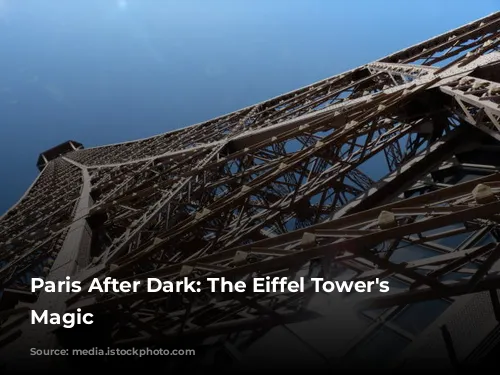
Capturing the Sparkle
To witness the full glory of the Eiffel Tower’s sparkles, arrive early in the evening, after dusk. The second floor offers the best view, surrounded by the tower’s golden glow. Look upwards to marvel at the sparkling spire.
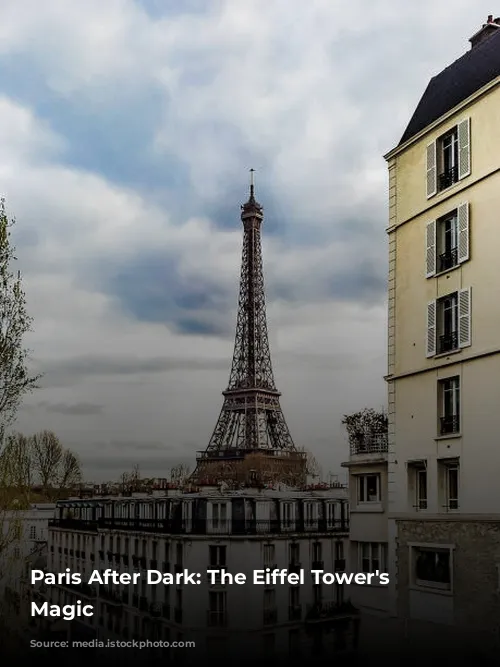
A View from Above
For a breathtaking view of Paris at night or to admire the lighthouse in action, ascend to the top of the tower.
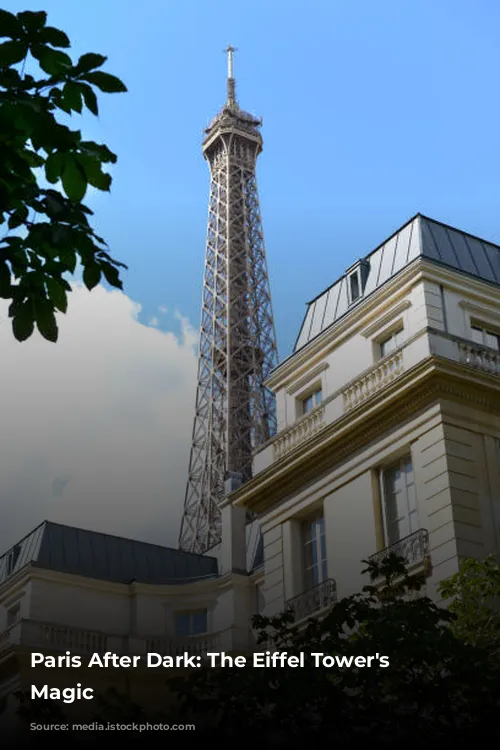
Eternal Memories
Capture the magic of a night near the Eiffel Tower by taking photographs or filming its enchanting illumination. Share your memories with the world on social media.
However, professionals need to be aware that the Eiffel Tower’s lighting, including the sparkles, is copyrighted. To use images of the tower commercially, authorization is required. Contact the Société d’Exploitation de la Tour Eiffel to obtain the necessary permits.
Visiting the Eiffel Tower during the day and night are distinct experiences. At night, the golden illumination transforms the monument into a breathtaking spectacle, creating unforgettable memories.
Discover the fascinating history of the Eiffel Tower and plan your own magical nighttime journey.
